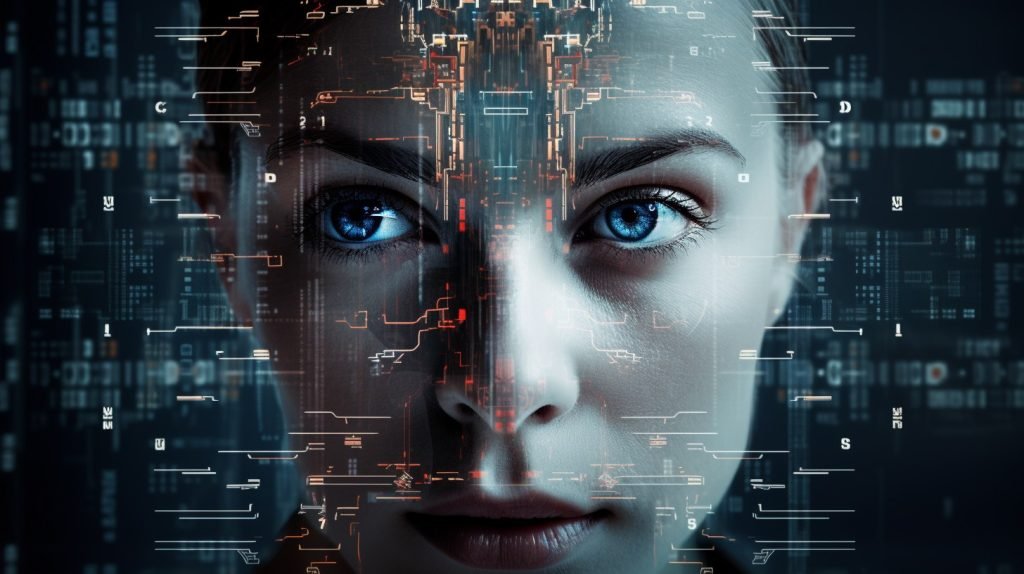
Reshaping Media: Exploring Deepfake’s Impact on Reality. 5 Steps to Prevent from Deep Fake Attack
In recent years, technological advancements have taken the media industry by storm, presenting both opportunities and challenges. One such innovation, Deepfake technology, has gained significant attention for its ability to manipulate audio, images, and videos with remarkable realism. Deepfakes refer to digitally altered content created using artificial intelligence algorithms, capable of imitating real people convincingly. As this technology becomes more accessible, it is essential to understand its implications for society and its potential to reshape our perception of reality.
Understanding Deepfake Technology
Deepfake technology relies on machine learning algorithms, particularly deep neural networks, to manipulate digital content convincingly. By analyzing vast amounts of data, these algorithms learn the patterns, facial expressions, and mannerisms of a person and recreate them in entirely different scenarios. For instance, deepfakes can transpose a person’s face onto another person’s body, creating a video that appears genuine. The level of sophistication achieved by deepfake technology is astounding, making it challenging for the untrained eye to detect the falseness of the content.
One of the primary techniques employed in deepfake creation is generative adversarial networks (GANs). GANs consist of two neural networks: a generator network that creates the fake content and a discriminator network that tries to identify the fakes. Through a continuous feedback loop, these networks improve their capabilities, resulting in increasingly realistic and undetectable deepfakes over time. As a result, the technology poses a significant threat to the credibility of digital media and raises serious concerns about misinformation and manipulation.
Examining the Influence of Deepfake on Society
Deepfake technology has the potential to disrupt many aspects of society, including politics, entertainment, and personal relationships. In the political realm, deepfakes can be used to manipulate public opinion, spreading false information and sowing discord. With the ability to make anyone say or do anything, deepfakes can be weaponized to undermine trust in political leaders and institutions. Moreover, deepfake videos featuring celebrities or public figures engaging in scandalous activities can cause significant reputational damage and social unrest.
In the entertainment industry, deepfakes have both positive and negative implications. On one hand, they provide filmmakers with the opportunity to recreate deceased actors or bring historical figures back to life, enhancing storytelling possibilities. However, the misuse of deepfake technology could result in copyright infringement, as well as the unauthorized creation of explicit or defamatory content featuring individuals without their consent. This raises legal and ethical concerns that need to be addressed to ensure responsible use of this technology.
As deepfake technology continues to evolve and become more accessible, society must grapple with the potential consequences it brings. The impact of deepfakes on the credibility of digital media, political stability, personal relationships, and the entertainment industry cannot be underestimated. To mitigate the risks associated with deepfakes, there is a need for collaborative efforts involving technology developers, policymakers, researchers, and media organizations. Implementing safeguards, raising awareness, and educating the public about the existence and potential dangers of deepfakes are crucial steps to ensure the responsible use of this powerful technology. By doing so, we can strive to navigate the vast possibilities of deepfake technology while safeguarding the integrity of our society and preserving the authenticity of our digital world.
If you are looking for a career in Artificial Intelligence and want to learn AI with a deep understanding on how it works. Please call or visit our course page on Artificial Intelligence.
Content Source –> Link

